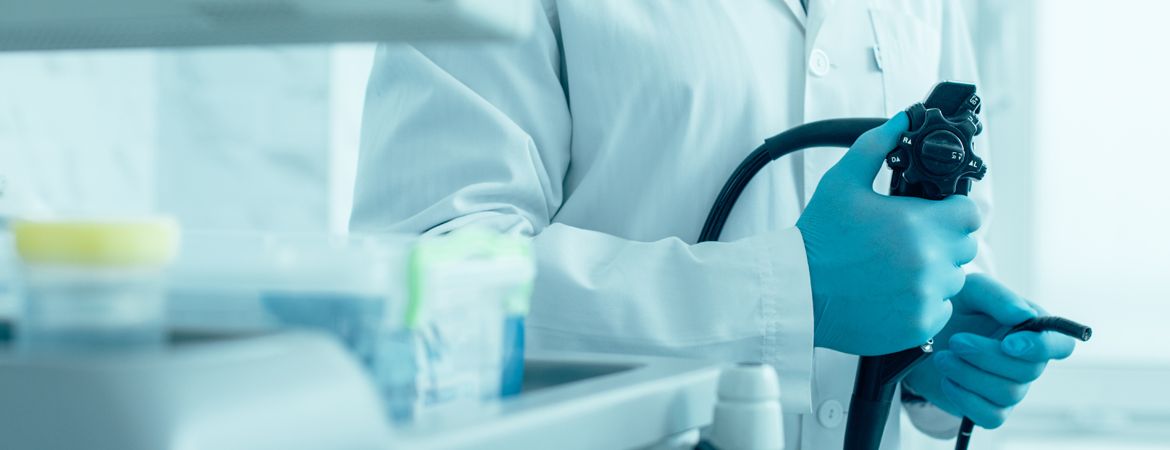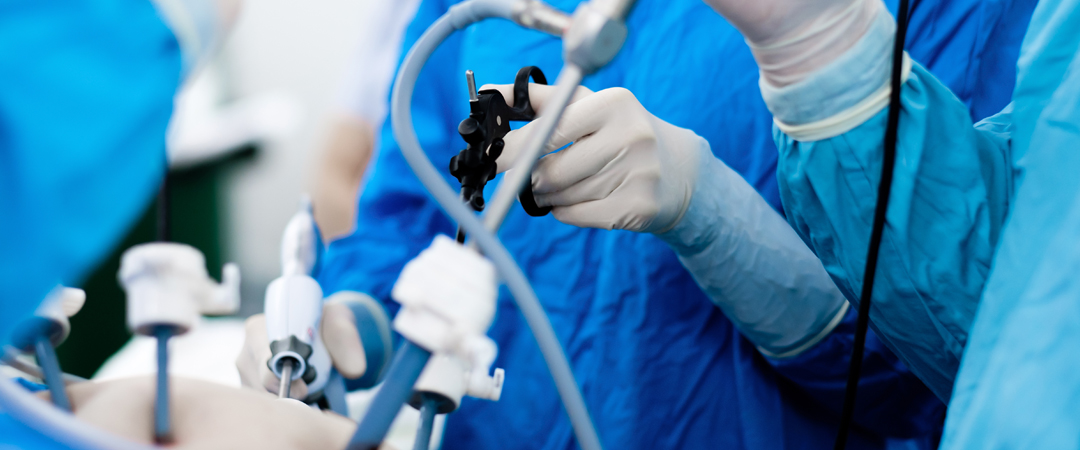
If you’re having an endoscopy, it’s normal to feel a little nervous or anxious. But with the right preparation and a clear understanding of the procedure, you can feel more comfortable and confident. This comprehensive guide explains everything you need to know about endoscopy, from preparation to the procedure itself.
WHAT IS ENDOSCOPY?
Endoscopy is a medical procedure that allows doctors to see inside your body using an instrument called an endoscope. This is a thin, flexible tube with a camera and light at the end. The endoscope is inserted into your body through a natural opening, such as your mouth or anus, or through a small incision. It can be used to examine different organs, such as the stomach, intestines, airways, bladder and cervix.
WHY IS ENDOSCOPY NECESSARY?
Endoscopy is needed to diagnose and treat certain medical conditions. It allows doctors to see inside your body and detect abnormalities such as ulcers, tumours, polyps or bleeding. It can also be used to perform medical procedures such as biopsies, tumour removal or airway dilation.
WHAT TYPES OF ENDOSCOPY ARE THERE?
There are different types of endoscopy, depending on the area to be examined. These range from gastrointestinal endoscopy, i.e. upper gastrointestinal endoscopy (oesophagus, stomach, small intestine) and lower gastrointestinal endoscopy (small intestine, colon, rectum), to pulmonary endoscopy, such as bronchoscopy (bronchi) and cystoscopy (bladder).
Upper GI endoscopy is a procedure to examine the upper part of the gastrointestinal tract (oesophagus, stomach and duodenum). It is performed by inserting an endoscope (a long, flexible tube with a light and camera) through the mouth. The patient is sedated during the procedure so that he or she is not aware of what the doctor is doing.
Upper GI endoscopy can help doctors detect conditions such as:
- Peptic ulcers (sores in the lining of the stomach or duodenum)
- stomach cancer
- Oesophageal strictures (narrowing of the oesophagus)
Lower gastrointestinal endoscopy is used to examine the colon and rectum. This procedure can be used to diagnose or treat a number of conditions, including:
- Bowel obstruction
- Inflammatory bowel disease (IBD)
- Erosions and ulcers in the colon and rectum
- Haemorrhoids
- Diverticulosis and diverticulitis
Pulmonary fibroscopy may be used if you have symptoms of lung disease, such as:
- shortness of breath
- Coughing up blood or mucus
- chest pain
- weight loss
Cystoscopy is also known as endoscopic retrograde urography (ERU) or endoscopic ultrasound of the urinary tract (EUS).
Cystoscopy may be done to:
- look for bladder cancer
- look for stones in the bladder (calculi) or kidneys (renal calculi)
- Look for stones blocking the flow of urine from the kidneys (stones) or the urinary tract (BPH).
- Take tissue samples from abnormal areas of the bladder to check for possible cancer.
- Remove blockages in the urethra (urethral stricture).

HOW SHOULD I PREPARE?
Before the endoscopy, your doctor will give you detailed instructions on how to prepare. This may include food and drink restrictions, stopping certain medications and instructions on how to cleanse your digestive system. It’s important to follow these instructions to the letter if this medical procedure is to be effective and safe. You will also need to arrange transport home after the procedure, as the effects of the anaesthetic can last for several hours. Don’t hesitate to ask your doctor if you have any concerns or worries.
WHAT HAPPENS DURING AN ENDOSCOPY?
During the endoscopy, you will lie on your side or on your back, depending on where the endoscope will be inserted. Your doctor will give you a local or general anaesthetic to help you relax and reduce pain. The endoscope will be inserted into your body through your mouth, nose or anus, depending on where the test is being carried out. Your doctor will then use the endoscope to examine your internal organs and may take tissue samples for testing. The procedure usually takes between 15 and 60 minutes, depending on the type of test. After the endoscopy, you’ll be monitored for a while to make sure you’re recovering from the anaesthetic.
HOW ARE ENDOSCOPY RESULTS INTERPRETED?
The results of an endoscopy can be interpreted in different ways, depending on the type of endoscopy and its purpose. For example, if you have been referred for a colonoscopy, your doctor will be looking for signs of cancer or other conditions in the colon (large bowel). If you’ve been referred for an upper endoscopy (a procedure to examine the parts of the digestive tract above the stomach), your doctor will be looking for signs of ulcers or other problems in your oesophagus (food pipe).
Here’s a general guide to interpreting the results of an endoscopy:
Colonoscopy: A normal result means that no polyps (small growths) have been found in any part of the colon. It does not mean that there are no polyps, just that none were found during this examination. A normal result does not rule out the possibility of polyps elsewhere in the colon. If polyps are found, further tests may be needed to determine whether they are precancerous or cancerous.
Upper endoscopy: A normal result means that no ulcers have been found in any part of the oesophagus. It does not mean that there are no ulcers.
AFTER ENDOSCOPY: RECOVERY AND FOLLOW-UP
It’s normal to feel some side effects after an endoscopy, such as bloating, nausea, vomiting or mild pain. However, these side effects should go away quickly. If you have persistent pain, bleeding or vomiting, contact your doctor immediately. You may need to take special precautions to help you recover, such as not eating or drinking for a while. Your doctor will give you specific instructions for your recovery and tell you the results of the test. It is important that you follow these instructions to ensure a quick and full recovery.

